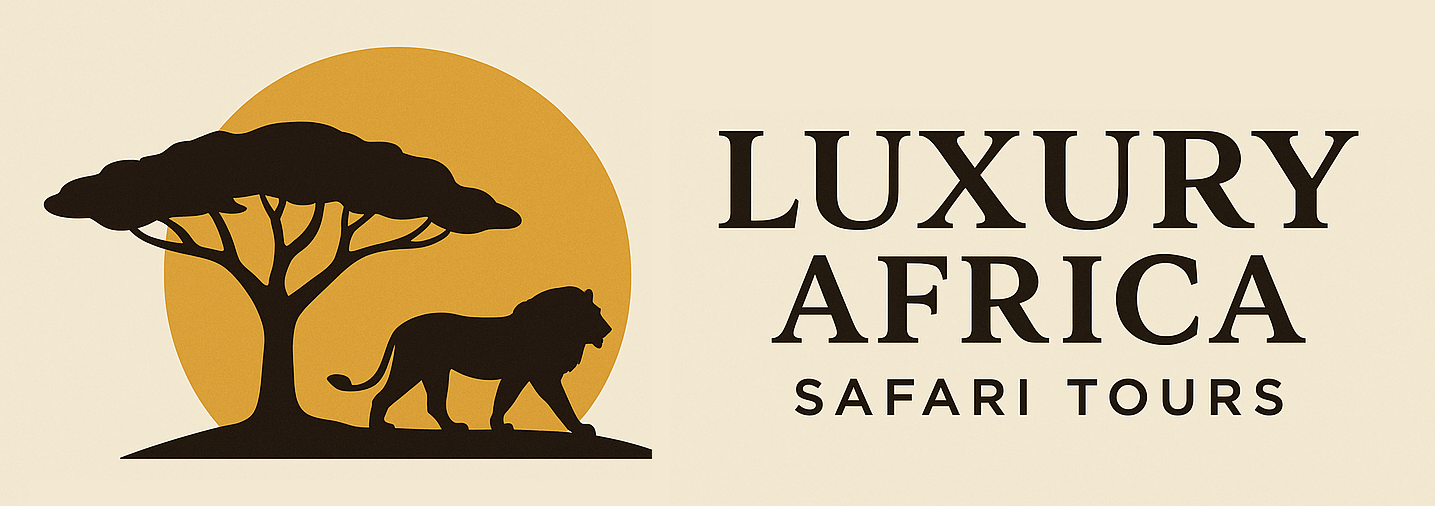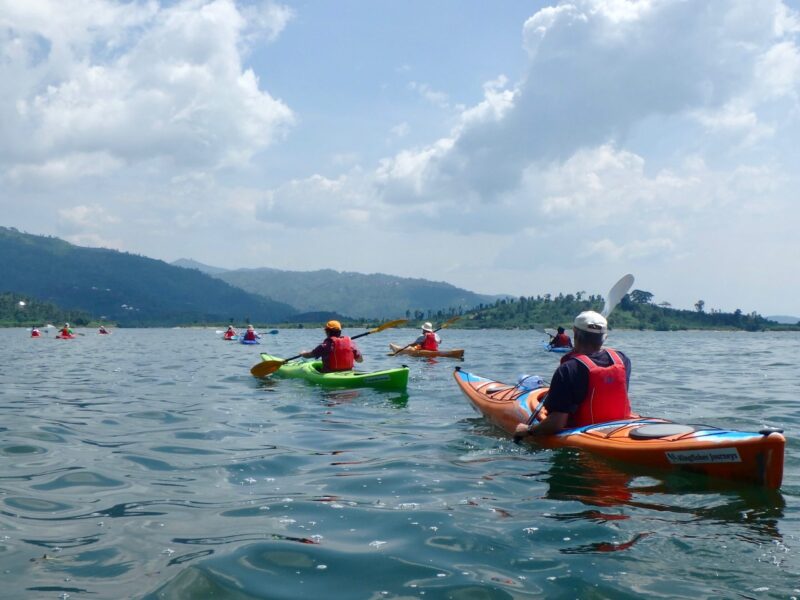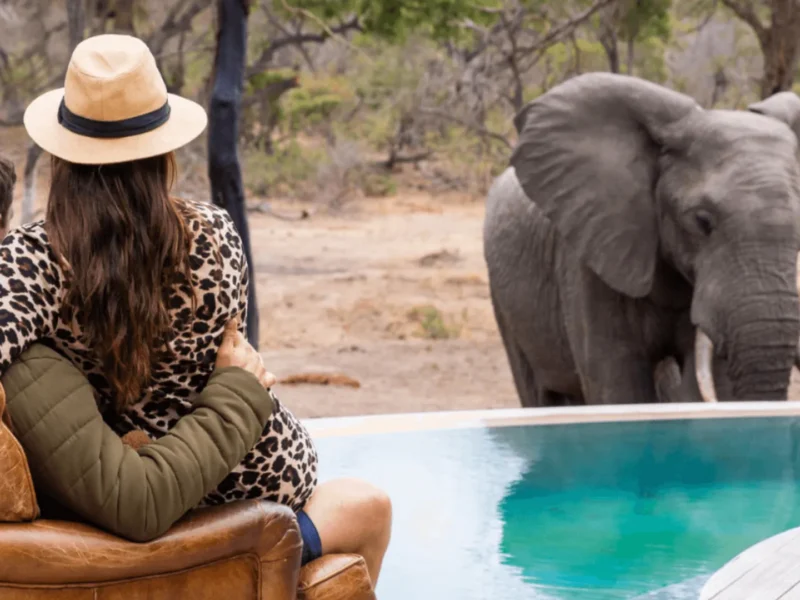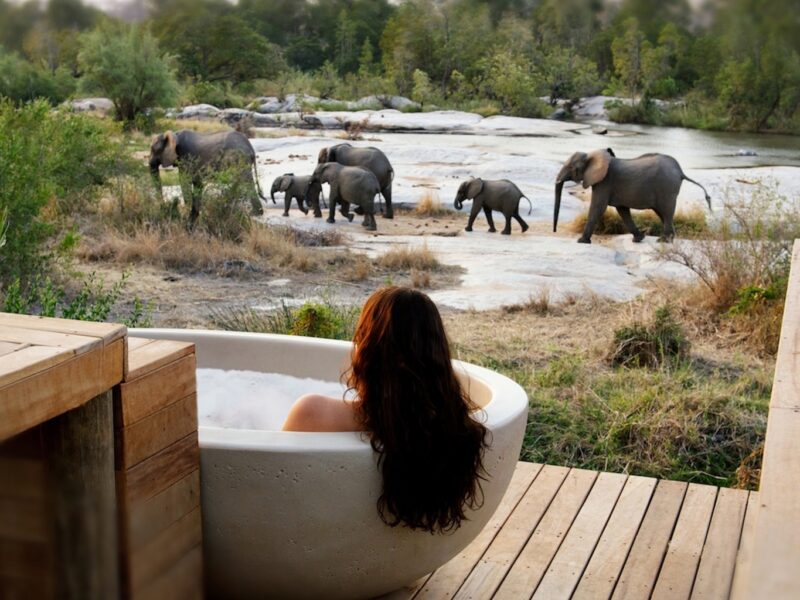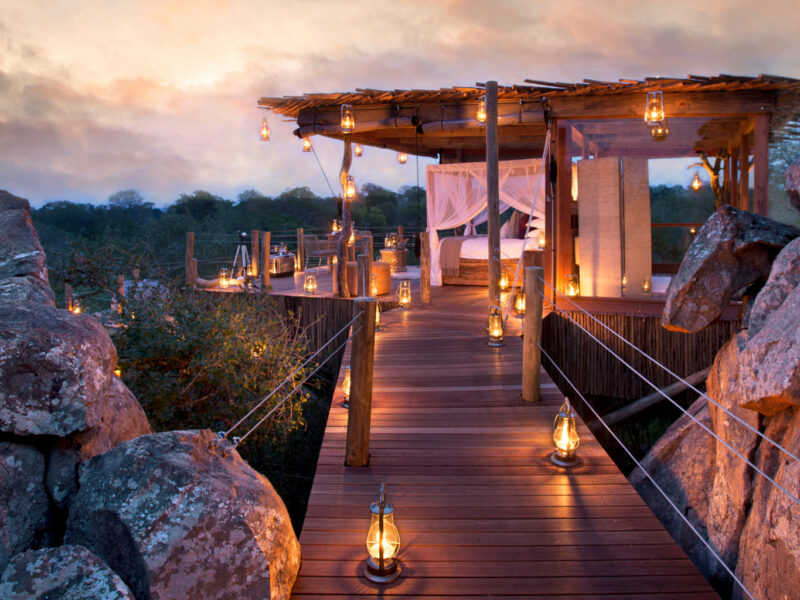Katavi National Park
For the aficionado in safaris, Katavi is the safari park Katavi, well off from the main tourist path and close to the Mahale Mountains in Western Tanzania, gets a small annual guest count.
Covering 4,471 square kilometers (1,726 square miles), Katavi is the third biggest national park in Tanzania as well as among least frequented. Just a few simple, no-frills serious safari camps where safari is the primary topic of discussion, there are no luxury hotels here. Katavi is a prehistoric park, a real land of giants; its remoteness draws its visitors because game viewing can be as wild as you will find elsewhere. Anyone visiting this magnificent treasure of a wildlife park will leave thinking they have just enjoyed an almost perfect safari!
Location
Far west of Tanzania sits Katavi National Park. One of the most amazing and isolated locations we run safaris from.
Katavian Wildlife
Often scheduled alongside Mahale Mountains National Park, Katavi provides one of the last really wild safaris still available on Earth. With lion, elephant, leopard, buffalo, and wild dog among the animals often seen here, visitors to Katavi will of course witness most of what they would find in other national parks. Still, Katavi distinguishes itself with the large numbers of several species. Though populations of elephant in their hundreds are not unusual anywhere on the African continent, herds of buffalo will typically number in their thousands and are becoming more and more rare everywhere. With these massive herds prowling the plains, the sense of total desolation is physical, even primeval.
Maybe Katavi’s hippos are the most distinctive wildlife show. With hippo sightings improving around the end of the dry season as the seasonal rivers almost entirely dry out, the park boasts perhaps the largest populations of these bad-tempered animals anywhere on the continent. This leads to ever more hippos being restricted to fewer and fewer water pools, which can cause male territorial conflicts to get really intense! With the crocs typically excavating small tunnels in the banks of the Katuma River to guard against the heat of the sun, this shortage of water also influences the significant crocodile population in the park. Strangely, despite their lack of natural habitat, hippos and crocodiles hardly ever collide; it is not unusual to have several large 4.5-meter crocodiles laying peacefully next to a pod.
This park is very amazing at the height of the dry season, with very large concentrations of animals aimed on the park’s surviving water sources. This park is especially unique because of both the great density of animals and the pure sense of wilderness. Katavi is a real rival for Africa’s best game-viewing park if you wish to avoid the throngs. Though high end, accommodation choices offer an adventurous character.
What actually is required of you?
First of all, safari aficionados are the ideal users of this park. For hardcore African-heads, Katavi is a paradise; dinner conversations often center just on Africa! The best camps here are designed for this kind of customer and have an environment emphasizing the safari experience above everything else. The best camps in Katavi are therefore straightforward but somewhat high end. They should have outstanding guiding and a genuine concentration on leaving and seeing Katavi itself. This is a site where the style of campers perfectly embodies the very essence of such a wild area, not a park for extravagant luxury.
Katavi is far from a low-cost location with flights costing a minimum of $1,000pp and an advised stay of three nights or more! You will require at least two weeks if you are ready to spend time traveling overland to Katavi; small group travel will help you to make it financially viable.
Activities in the Katavi National Park
Driving for games
Safaris on walking
Flying camping
None of night safaris
Travel to Katavi National Park during which season?
A classic dry-season park, Katavi National Park is getting ever better at the conclusion of the dry season. With the biggest concentrations of wildlife in the plains and the only water supplies in the park, July through October is thought to be the ideal time of year to travel. The game concentrations drop in November through March, but the quality of birding is very excellent and you are assured of a park totally to yourself!
Good travel advice
Given the time and effort you are investing in getting to Katavi, we strongly advise combining your trip with the chimpanzees of Mahale Mountains National Park. A real trip of a lifetime, this is among the best week-long safaris we run anywhere!
